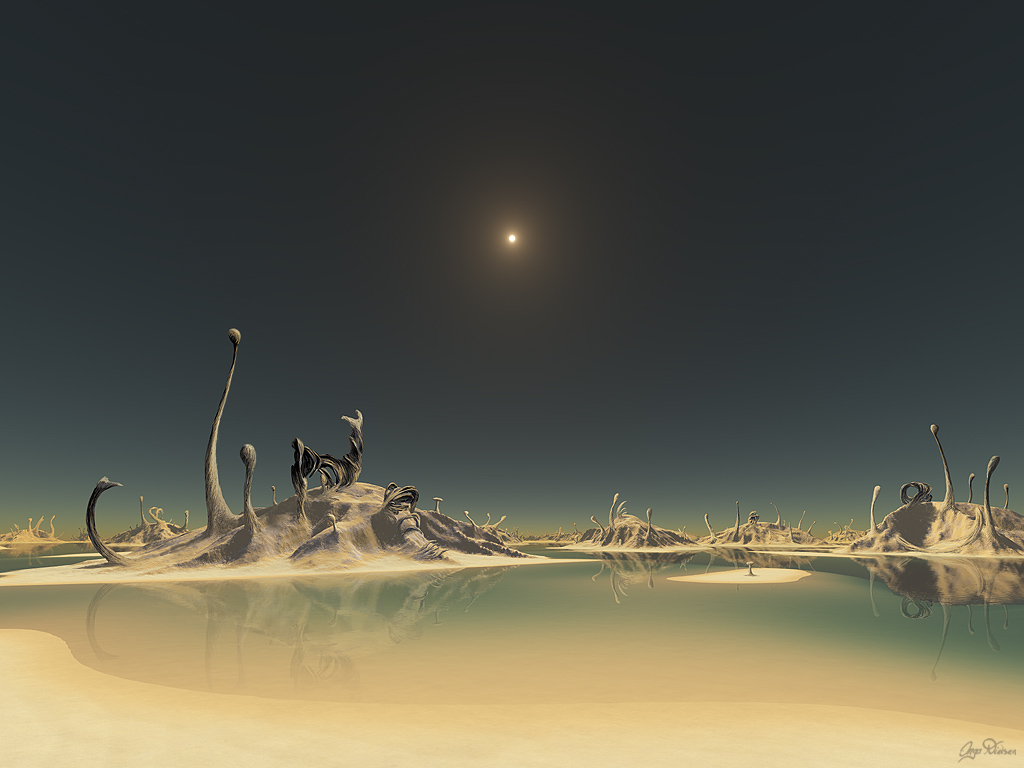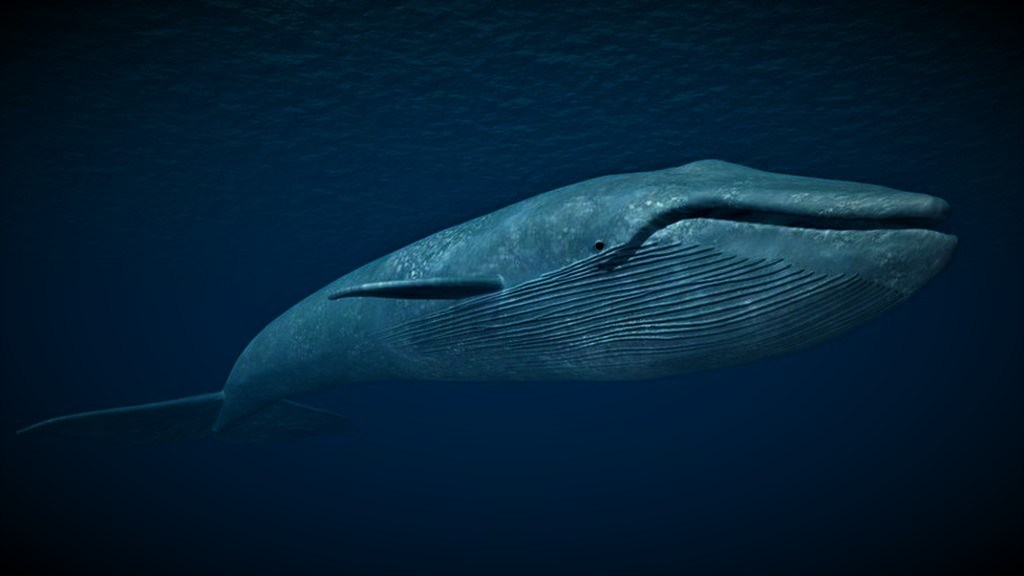
| Main | Neocene |

All pictures are taken from open sources and belong to their authors
Most of the currently discovered supposedly habitable worlds
belong to the class of “super-earths” – planets significantly larger than Earth
in mass, but not so heavy as to hold hydrogen and helium and turn to gas giants.
So, it means that extraterrestrial life is likely to develop in conditions of
high gravity. However, in part this situation may develop due to the fact that
the big is seen from a distance. Moreover, at a distance more significant than
small one. Then, other stars are very far away and it is just difficult to find
Earth-sized or smaller planets near them.
Nevertheless, massive planets have significant advantages in terms of the emergence
of habitable conditions on their surface. Even without a large moon, the super-earth
will retain seismic activity that feeds the atmosphere and hydrosphere, while
the leakage of gases into outer space will be minimal.
The problem of the super-earth, as a habitable planet, is rather that too much
water and gases can accumulate on it. A planet several times the mass of the
Earth and having, accordingly, a strong gravity, is highly likely to acquire
an atmosphere comparable in density to that of Venus. Extra-heavy greenhouse
effect can lead to overheating and evaporation of the oceans… Or maybe it won’t,
since the boiling point also increases with increasing pressure.
In fact, extraterrestrial life is possible on three types of super-earths: “gas”,
“liquid” and “solid” ones. By “gas” a planet is meant, whose habitable atmosphere
is very dense. The surface of such a world may (with high probability) be completely
covered with superheated, but not boiling water. It is less likely that there
will be a place for the land on the surface. The continents and seas of the
“gas” planet can also be inhabited, but they will not be the main zone of biomass
synthesis. Like at the Venus, a thick gas cover will be able to absorb almost
all the light. Thus photosynthesis will move into the atmosphere. Fortunately,
it is in conditions when the atmosphere is only ten times less dense than water
that an aerostatic method of movement will become convenient and expedient,
allowing plants and animals to soar at a height convenient for them.
However, a separate article is already dedicated to the surreal wonders of inhabited
worlds with a super-dense atmosphere.
Consequently, on a “liquid” super-earth, the atmosphere has a moderate density,
and the photosynthesis zone is the ocean completely covering the surface. However,
worlds with an endless sea and floating islands have also already been described.
There is also an article on the channel about absolutely crazy “liquid” planets,
whose oceans lack not only shores, but also a bottom.
However, the issue of “solid” super-earths, the most Earth-like ones, with a
low-density atmosphere, quite ordinary oceans and vast expanses of habitable
land, is not over. In fact, a solid super-earth will differ from our planet
only in high gravity.
Of course, the increased gravity will not affect the evolution of marine life
in any way. But the force that hinders the flapping wing flight and walking
will direct the evolution of land creatures in a different way.
Only at first sight, the problem is solved simply — when gravity is doubled,
animals will only have to halve their size in order to maintain the force-to-mass
ratio. Actually, size is too serious a sacrifice that will not be made. After
all, everything is simple in nature: the bigger one to eat.

A characteristic feature of animals of “heavy”
worlds may be a vertical mouth.
The blue whale tips over on its side to turn, rather than lift its huge jaw.
For
crawling creatures, the mouth opening to the sides is also more convenient.
Extraterrestrial life is subject to the same laws as terrestrial
life. The first amphibians on our planet did not yet know how to walk and, resting
on the ground with their fin-like paws, dragged their bellies protected by corneous
plates over the rocks with difficulty. Only the second generation of land pioneers
managed to get up a little on their feet, reducing friction when moving. But
if gravity is 2g, moving on four points of support will become an impossible
task for primitive vertebrates. No, they will not give up, but simply move to
domination on land in a different way, taking up the development of progressive
methods of crawling.
The “heavy” planet will turn into a kingdom of serpentine, legless creatures.
In some sense, it will even spur evolution, since snakes are a more progressive
and adapted form compared to lizards. In other respects, evolution will remain
“earth-like”. Crawling animals will occupy all the niches of herbivores and
predators, will grow fur in due time and will begin to feed their cubs with
milk.
Flying animals, including insects, will most likely not appear at all on a heavy
planet, since even for the smallest creatures with sufficient specific power
to take off, this method of movement will be associated with excessive energy
consumption. It is likely that it simply won’t come even to the appearance of
the Hexapoda superclass, which includes winged insects. On a heavy planet, evolution
will not follow the path of reducing the number of legs, since the millipede
shape will be the most appropriate.
Translated by Pavel Volkov, 2021
The original Russian article is here
| Main | Neocene |